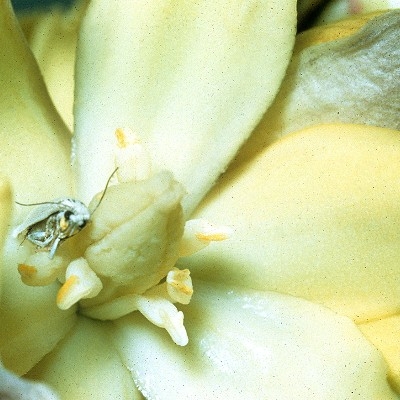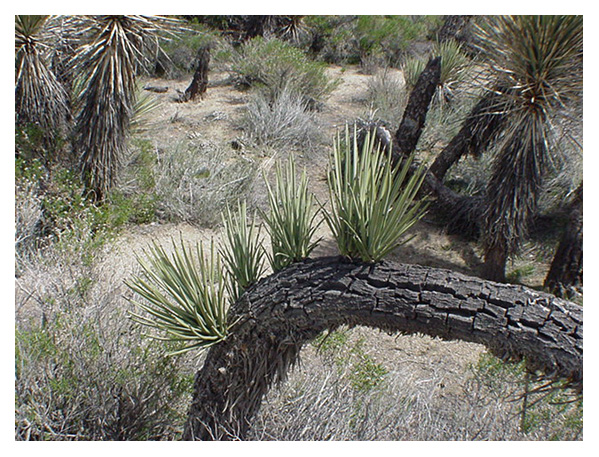The Joshua tree, scientifically known as Yucca brevifolia, has a unique branching pattern influenced by several factors:

1. Flowering: When a Joshua tree blooms, it pauses the growth of its main stem, forming new branches. Each bloom cycle can produce more branches, contributing to its distinct shape.
/blog/yucca-moths-and-joshua-trees-a-mutualistic-relationship/

2. Damage Response: Trees can branch out in response to physical damage from storms, animals, or human activity. This is a survival mechanism that ensures they continue growing despite injuries.
3. Hormonal Influences: Growth hormones within the tree, like auxins, play a role in branch development. These hormonal changes can trigger the growth of new shoots and branches.
4. Environmental Conditions: Soil quality, water availability, and sunlight can also affect how and when a Joshua tree branches. Trees in optimal conditions may branch more frequently.
These combined factors give the Joshua tree its iconic, spiky silhouette, making it a distinctive feature of the Mojave Desert landscape.
The photo in this post shows branching as a damage response #2